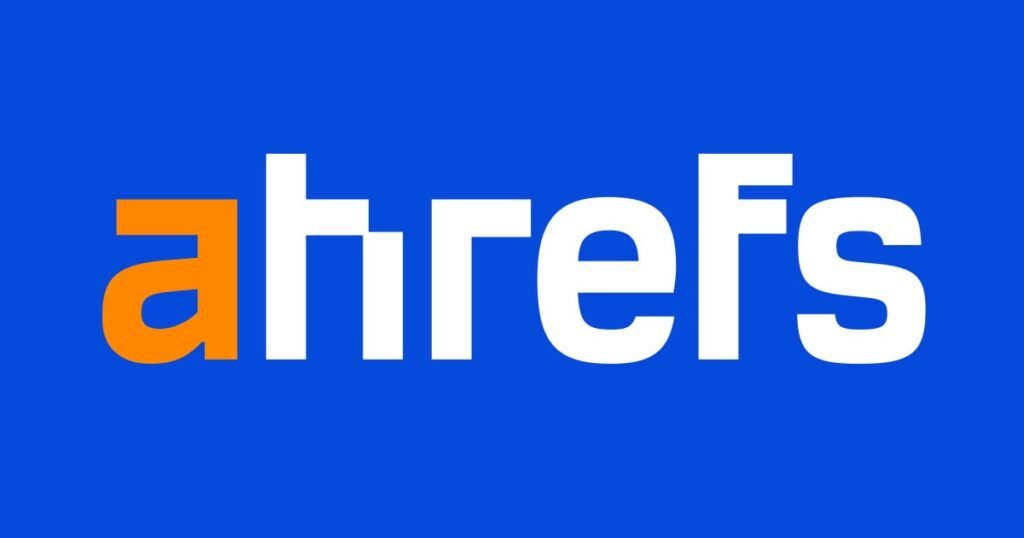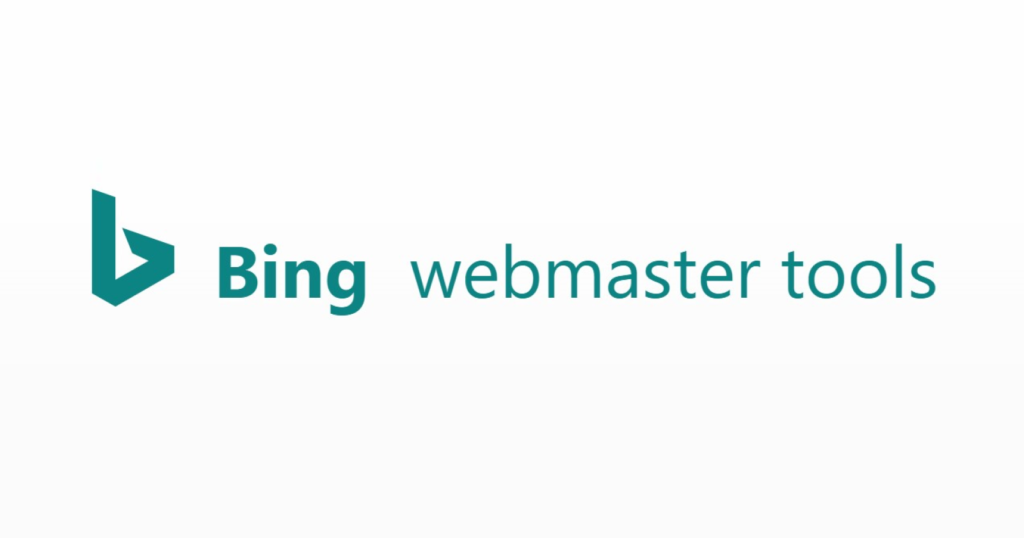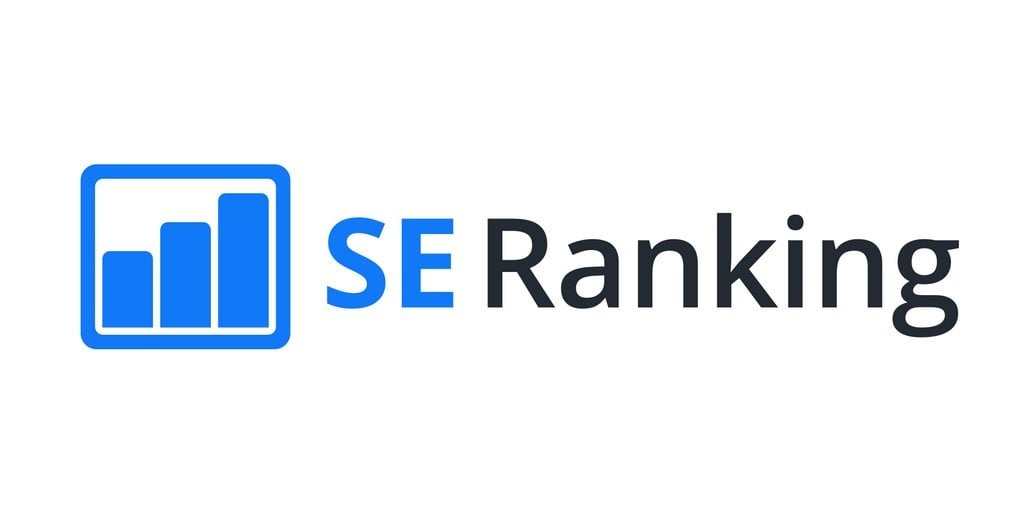
Do you want to know how to manage your backlinks? Let’s start with the basics. As we all know, backlinks are one of the website ranking factors in the Google search engine. So, getting our grip on backlinks can help us achieve our SEO efforts. So, without wasting time, let’s dive into your query of “How To Manage Your Backlinks?”
Backlinks are an essential part of SEO and, if done correctly, can help improve your website’s ranking. However, if you don’t track your backlinks, you may not get the most out of them. This blog post will discuss backlinks, the types of backlinks, what backlink management is, and how to track down your backlinks. We will also discuss why tracking your backlinks is essential and what metrics to consider. Finally, we will provide a list of tools that you can use to help you manage your backlinks.
What Are Backlinks?
A backlink is a link that points from one website to another. Backlinks are sometimes called “inbound links” or “incoming links.” Backlinks are vital because they are one of the factors that Google uses to rank websites. A website with high-quality backlinks is more likely to rank higher in search results. Hold tight! After this, we will discuss your query “How To Manage Your Backlinks.”
Types Of Backlinks
There are two types of backlinks: Do-follow and No-follow.
- Do-Follow Links: Do-follow links are the most common type of backlink. These links tell Google to follow the link and pass along PageRank. Do-follow links are essential because they can help improve your website’s ranking.
- No-Follow Links: No-follow links are less common than do-follow links. These links tell Google not to follow the link or pass along PageRank. However, no-follow links can still be important because they can help improve your website’s click-through rate (CTR).
Power Of Backlinks
The power of backlinks depends on a few factors:
- Number Of Backlinks: The number of backlinks is vital because it shows your website’s popularity. The more backlinks you have, the more your website will likely be more popular. However, it’s not just the number of backlinks that matters.
- Quality Of Backlinks: The quality of the backlinks is also important. A high-quality backlink is from a popular website relevant to your website. The anchor text of a backlink is also essential.
- Anchor Text Of Backlinks: Anchor text is the text that appears on a web page containing a link. It should be relevant to your website.
What Is Backlink Management? How To Manage Your Backlinks?
Backlink management is the process of tracking, monitoring, and managing your backlinks. This includes adding new backlinks, removing old or broken links, and monitoring your link profile. By tracking your backlinks, you can ensure that they are helping to improve your website’s ranking.
There are a few steps you can take to manage your backlinks:
- Keep Track Of Your Backlinks: This is the first way to manage your backlinks. You can track your backlinks using a tool like Google Analytics, ahrefs, or Majestic. These tools will show you the number of backlinks, the anchor text, and the quality of the backlinks.
- Remove Old Or Broken Links: If you find a link is broken or irrelevant, you can remove it. You can also use a tool like Google Search Console to find and remove broken links.
- Add New Backlinks: You can also increase the number of backlinks to your website by guest blogging, submitting articles to directories, or adding your website to business listings.
Why Backlink Management Is Important?
- Backlink management is essential because it helps you track your backlinks and ensure that they are helping to improve your website’s ranking.
- You can also find and remove old or broken links by tracking your backlinks.
- Additionally, adding new backlinks can help improve your website’s ranking.
What Metrics Should You Track In Backlinks Management?
The metrics you track in backlinks will depend on your goals. However, there are a few key metrics that all backlink managers should keep an eye on:
- Number Of Backlinks: This metric tells you how many backlinks your website has. The more backlinks you have, the better.
- Domain Authority: This metric measures the quality of a website. A website with a high domain authority is more likely to rank higher in search results.
- Page Authority: This metric measures the quality of a specific page on a website. A page with a high page authority is more likely to rank higher in search results.
- Anchor Text: This is the text in the backlink. It should be relevant to the page it is linking to.
- Do-follow/No-follow: This metric tells you whether or not Google will follow the link. A link marked as “do-follow” will help improve your website’s ranking, while a link marked as “no-follow” will not.
These are just a few of the metrics you should track in backlinks. Depending on your goals, you may also want to track other metrics. For example, if you’re trying to increase your website’s CTR, you may want to track the number of clicks on your links. Or, if you’re trying to increase traffic from a specific country, you may want to track the number of visitors from that country.
Fundamental Reasons To Track Your Backlinks
- To ensure that your backlinks are helping to improve your website’s ranking.
- To find new backlink opportunities.
- Monitor your link profile for changes.
- To identify and remove old or broken links.
- To prevent negative SEO attacks.
- To track your progress over time.
- To keep an eye on your competition.
- To avoid getting penalized by Google.
- Ensure that your backlinks are from high-quality websites.
Why Is Tracking Your Backlinks Essential?
Tracking your backlinks is essential because it lets you see how they perform. By monitoring your backlinks, you can ensure that they are helping to improve your website’s ranking. You can also use the data from your backlink tracking to improve your link-building strategy.
List Of Tools To Track Backlinks
Here are tools that you can use to track your backlinks:
Google Analytics

Google Analytics is a free tool that can be used to track your website’s traffic. It presents data in an easily understandable format and can be customized to track specific metrics. It can also be used to track your backlinks. Add a tracking code to your website and the URL of the page you want to track. It’s important to note that Google Analytics can only track links from other websites, not social media or email.
Google Search Console

Google Search Console is a free tool that lets you see how your website appears in Google search results. You can use it to track your backlinks and ensure that they are helping to improve your website’s ranking. It also allows you to submit your website to Google for indexing and track your website’s progress over time. It’s important to note that you must have a Google account to use this tool.
Ahrefs

Ahrefs is a paid tool that can be used to track your backlinks. If the Google link penalty catches you, Ahrefs can help you recover your lost traffic by disavowing the wrong links. It also allows you to research and find new backlink opportunities. Ahrefs presents data in an easy-to-read format and offers a variety of features, such as link alerts and competitor analysis.
Majestic

Majestic is a paid tool for tracking backlinks. It allows you to research your competition and find new opportunities. Majestic presents data in a suitable format and offers a variety of features, such as link alerts, competitor analysis, trust flow, and citation flow of backlinks. It’s important to note that Majestic is a subscription-based service, so you must pay a monthly fee to use it.
Bing Webmaster Tools

Bing Webmaster Tools is a free tool for tracking your website’s traffic. It presents data in a readable format and can be customized to track specific metrics. It can also track your backlinks. Add a tracking code to your website and the URL of the page you want to track. It’s important to note that Bing Webmaster Tools can only track links from other websites, not from social media or email.
SEMrush

This tool helps you track your backlinks and those of your competitors. It also allows you to research your competitors and find opportunities. SEMrush presents data in an easy-to-read format and offers a variety of features, such as link alerts and competitor analysis. It’s important to note that SEMrush is subscription-based, so you must pay a monthly fee.
BuzzSumo

It is the most popular backlink checker tool. This tool allows you to check your backlinks and those of your competitors. It is effortless to use as it presents data in a graphical format. You can also track how often your links have been shared on social media.
SE Ranking

It’s the favorite backlink checker tool of many SEO experts. This tool allows you to track your backlinks. It offers a variety of features, such as link alerts and competitor analysis. This tool generates detailed link-building reports in PDF and CSV formats.
RankSignals
RankSignals is a free tool for tracking your backlinks. It shows your website’s parameters, such as PageRank, Alexa Rank, and MozRank.
Open Site Explorer
Open Site Explorer is a free tool for tracking your backlinks. It provides data about your website’s linking domains, anchor text, and more. Enter the page URL you want to track and click “Explore.” Note that you must have a Moz account to use this tool.
These are just some of the many tools available for tracking your backlinks on search engines. If you’re serious about link building, you should consider using one of these tools to track your progress. By tracking your backlinks, you can ensure that they are helping to improve your website’s ranking and visibility in search engines.
FAQs
Q1. How much time is required to get indexed in Google search engines?
Ans. This question has no set answer, which can vary depending on many factors. However, it is generally accepted that it can take anywhere from a few days to a couple of weeks for a new backlink to be indexed by Google. If you’re concerned about your backlinks not being indexed, you can use Ahrefs to check their status. This will allow you to see whether or not they have been indexed and how long ago they were added. Additionally, you can submit your website to Google’s Search Console to speed up the process.
Q2. How do you track and report suspicious backlinks?
Ans. If you believe a backlink is suspicious or harmful to your website, you can use a tool like Google’s Disavow Links Tool. This tool allows you to submit a list of links you want Google to ignore when crawling your website. Once you have submitted your list of links, Google will take action within a few weeks. You can then check the status of your disavowed links using the Disavow Links Report in Google Search Console. You should only use this tool as a last resort, as it can have negative consequences if not used correctly.
Q3. What happens when you get several links on the same page?
Ans. If you have multiple backlinks from the same page, then Google will only count the first link. This is because Google sees this as an attempt to manipulate its search results. However, if the links are from different pages on the same website, then Google will count all of them. This is because they are seen as separate endorsements from other sources. Therefore, it would be best to focus on getting quality backlinks from various websites rather than quantity from the same site.
Conclusion
Backlink management is an integral part of SEO. By tracking your backlinks, you can ensure that they are helping to improve your site ranking. Additionally, you can use tools like Google’s Disavow Links Tool to remove harmful or suspicious links. Keep an eye on your progress to see the best results.
We hope your query “How To Manage Your Backlinks” has been efficiently answered by us.
Do you have any questions about backlink management? Leave a comment below, and we’ll be happy to help!


